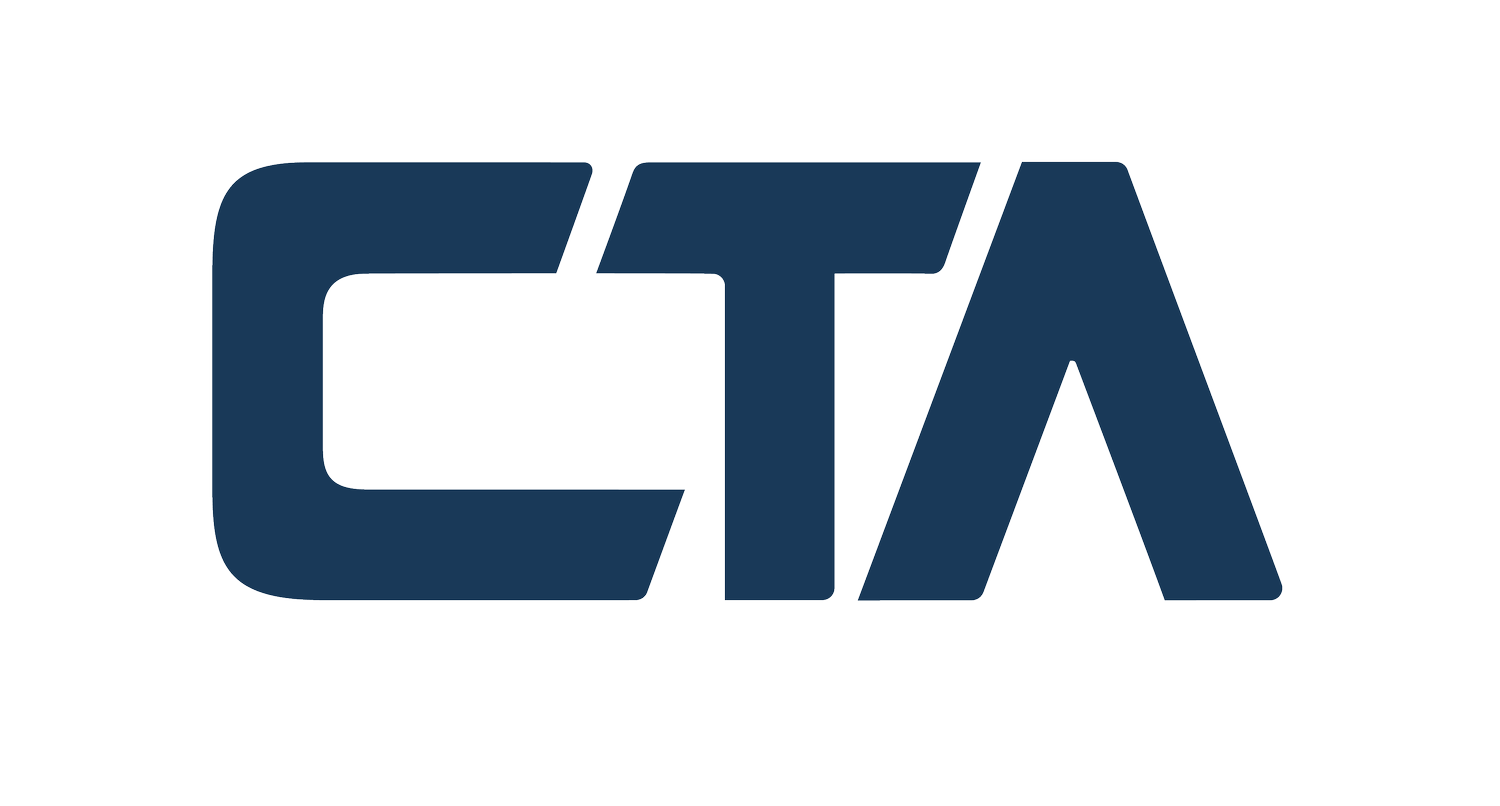Cost segregation is a game-changer for property owners looking to boost cash flow through accelerated tax deductions. While it’s a valuable tool for anyone with commercial real estate, certain industries stand to gain more than others due to the unique nature of their assets. If you’re in one of these sectors, a cost segregation study could unlock significant tax savings you didn’t even know were possible. Here are the top five industries that can maximize the advantages of cost segregation—and why.
1. Hospitality (Hotels, Motels, and Resorts)
The hospitality industry is a goldmine for cost segregation opportunities. Hotels and resorts are packed with components that qualify for shorter depreciation schedules—think carpeting, decorative lighting, furniture, and even landscaping like fountains or parking lot improvements. A high-end resort might also have specialized systems (e.g., HVAC for pool areas) that can be reclassified for the cost segregation accelerated depreciation benefit. With tight margins and constant reinvestment needs, hospitality businesses can use the immediate cash flow boost from cost segregation to fund upgrades or weather seasonal dips.

Cost Segregation Study Example Win: A $10 million hotel identifies $2 million in assets for 5- or 15-year depreciation, slashing its tax bill by hundreds of thousands in the first few years.
2. Restaurants and Food Service
Restaurants—whether fast-casual chains or fine-dining establishments—are another prime candidate. Kitchens are loaded with equipment like exhaust systems, refrigeration units, and plumbing that can be depreciated faster than the building itself. Add in front-of-house assets like seating, counters, and décor, and the savings pile up quickly. For restaurant owners facing high operating costs and slim profit margins, cost segregation can provide a much-needed financial cushion.
Example Win: A $1.5 million restaurant reclassifies $400,000 in assets, freeing up cash to expand or offset rising food costs.
3. Retail (Stores and Shopping Centers)
Retail properties thrive on flexibility, and cost segregation fits the bill. From standalone stores to sprawling shopping centers, these spaces often feature tenant improvements, signage, and parking lot enhancements that qualify for accelerated depreciation. Larger centers with common areas (e.g., escalators or exterior lighting) can see even bigger benefits. For retail owners juggling lease negotiations and property upkeep, the tax savings can be a lifeline.
Example Win: A $5 million strip mall identifies $1 million in short-life assets, boosting cash flow for maintenance or attracting new tenants.

4. Manufacturing and Industrial Facilities
Industrial properties are cost segregation heavyweights. Warehouses, factories, and distribution centers often house specialized electrical systems, conveyor belts, or structural improvements tied to machinery—all of which can be reclassified for faster depreciation. Even land improvements like fencing or loading docks qualify. Given the capital-intensive nature of manufacturing, these tax savings can be reinvested into equipment upgrades or operational growth.
Example Win: A $15 million factory reclassifies $3 million in assets, accelerating deductions and funding new production lines.
5. Multifamily Housing (Apartment Complexes)
While residential rental properties depreciate over 27.5 years (shorter than commercial’s 39), multifamily owners can still reap big rewards from cost segregation. Common areas like lobbies, laundry rooms, and fitness centers contain assets (e.g., appliances, flooring, or lighting) that qualify for 5- or 15-year schedules. With rising property values and maintenance costs, apartment owners can use these savings to stay competitive in hot rental markets.
Example Win: A $20 million apartment complex identifies $4 million in short-life components, cutting taxes and funding tenant amenities.
Want to Learn More About Cost Segregation?
Our own Eric Tuthill, CPA and Mark Woeber hosted a recent webinar for real estate investors.
Watch the WebinarWhy These Industries Shine
What ties these sectors together? They rely on properties with a high concentration of personal property or land improvements—items the IRS cost segregation guide allows to be separated from the building’s structure for faster depreciation. Cost segregation studies zero in on these assets, delivering front-loaded tax deductions that improve cash flow when it matters most. Plus, these industries often face tight budgets or reinvestment demands, making the timing of those savings even more critical.
Is Your Industry Missing Out?
If you’re in one of these fields—or even if you’re not—cost segregation might still apply to your property. The key is a detailed study conducted by experts who know how to spot qualifying components and navigate IRS guidelines. At Corporate Tax Advisors, we’ve helped clients across these industries and beyond uncover tax savings they didn’t know existed. Curious about your potential? Reach out today for a no-obligation consultation, and let’s see how cost segregation can work for you.









